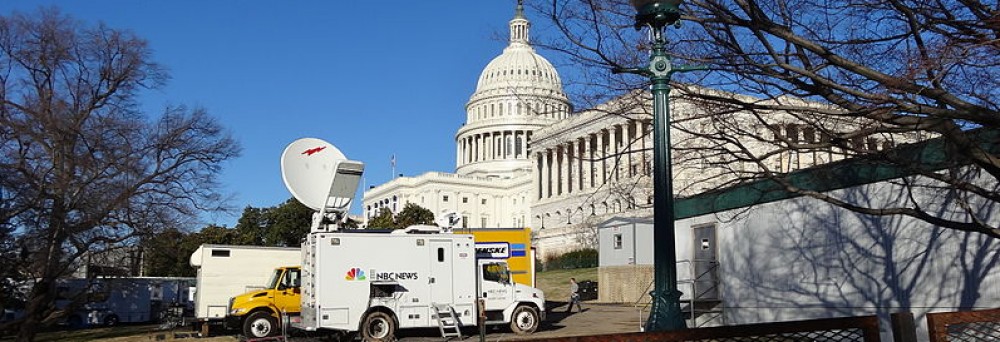By LINDSAY THOMPSON
By now, most people have heard about the case of missing University of Virginia student Hannah Graham. Around 1 a.m. on Saturday, Sept. 13, she texted friends saying she was lost. That was the last anyone has heard from her since that day.
Police are still trying to figure out exactly what happened to Hannah and where she is. In just the past few days, they have found a person of interest who is currently in custody.
All of that information can be found by just Googling Hannah’s name. What you will also find when you search for her are articles with titles like, “Missing student Hannah Graham was so drunk she could barely walk, says owner of bar where she was last seen – as man accused of her kidnap appears in court” (http://dailym.ai/1sRprF8).
A journalist’s job is to report the news in an unbiased way and giving articles titles such as the one previously listed is anything but unbiased. That title almost shifts the blame onto Hannah. It makes it easier to think “Well, it’s her fault for not being more careful,” when that’s just not the case.
People can come to their own assumptions about her life, but that is not the job of the media. Hannah very well may have been extremely drunk, and there is nothing wrong with articles stating that she had been out that night (because that’s the truth and is part of the story).
However, making that the whole subject of the article detracts from the fact that she is still missing, and they may have found the man who kidnapped her – which is really what’s important.
It’s not the news media’s job to judge her life choices. It’s their job to clearly report what’s happening.
